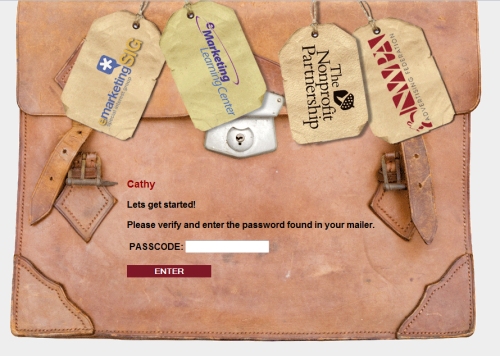Small Business Not Keeping Up With Online Presence
Research from Research Brief column on MediaPost
According to research from Webvisible and Nielsen, reported by Marketing Charts, though 63% of consumers and small business owners turn to the internet first for information about local companies and 82% use search engines to do so, only 44% of small businesses have a website and half spend
less than 10% of their marketing budget online.
My comment: This is not a sustainable business model in today’s digital economy.
The research finds an accelerating trend toward online media for local search. However, the report says the study uncovers a significant disconnect between the way small business owners act as consumers vs. the way they market their businesses online.
The survey found that search engines are the most popular source for finding local information:• 82% use search engines
57% use Yellow Pages directories.
53% use local newspapers
49% use Internet Yellow Pages
49% use TV
38% use direct mail
32% White Pages directories
Of those surveyed, 50% said search engines were the first place they looked when seeking a local business, while 24% chose the Yellow Pages directories.
92% of searchers say they are happy with the results they get when using search engines, though 39% report frequently not being able to locate a particular known business. This means, says the report, searchers don’t may choose to contact a similar business with a stronger online presence.
Webvisible found that online search and e-mail newsletters are the only forms of traditional media that are growing among consumers who wish to locate local products or services. Compared with two years ago, respondents report they use search engines and email newsletters more, while they use newspapers, magazines, direct mail and radio less.
Despite the growing use of online media for local searches, only 41% of small businesses report turning to online search engines first, and 31% turn to Yellow pages directories first. In addition, only 44% of small businesses have a website.
When using a search engine to find a business they know exists, only 19% of survey respondents report never or rarely encountering trouble locating that business online and 39% say they routinely have difficulty.
Though less than half of small businesses do have a website, the ones that do are not happy overall with their online marketing. Among those small businesses that have a website:
• 51% believe both the quality and ability of their site to acquire new customers is only “fair” or
“poor”
• 30% of business owners feel that they typically do a better job of marketing than a close
competitor
• 78% believe they advertise in the same places as their competitors
• Only 7% of small business owners say their primary marketing goal is to get more visitors to
their website
• 61% spend less than three hours a week marketing their website
• 99% of small business owners are directly involved in the marketing
• 65% believe it is very important to know where their customers come from
• Only 9% are satisfied with their online marketing efforts
• 78% of small business owners dedicate 10% or less of their budget to marketing Of those,
30% do no Internet advertising
My Comment: eBizITPA Education and the eMarketing Learning Center are performing research to learn more about small businesses knowledge and interest in eBusiness, eCommerce and eMarketing strategies Training. Click to learn more about survey results. Click to download a copy of the eBusiness, eCommerce and eMarketing eBook
Over the past two years, 43% of small businesses say they have increased use of search engines in their marketing efforts. In contrast, use of traditional small business advertising mediums is on the decline:
• 23% say they use the Yellow pages less
• 42% say they use the local newspaper less
For the purpose of this survey, the term “local business” refers to any retail business in a respondent’s local area, including restaurants, entertainment venues, places of recreation, etc. and services such as plumbers or accountants. The term “Internet Yellow Pages” refers to online Yellow Pages websites such as yellowpages.com, judysbook.com, superpages.com, etc.
Center for Media Research, February 13, 2009
MediaPost Communications, 1140 Broadway, 4th Floor, New York, NY 10001









 Become an
Become an 








